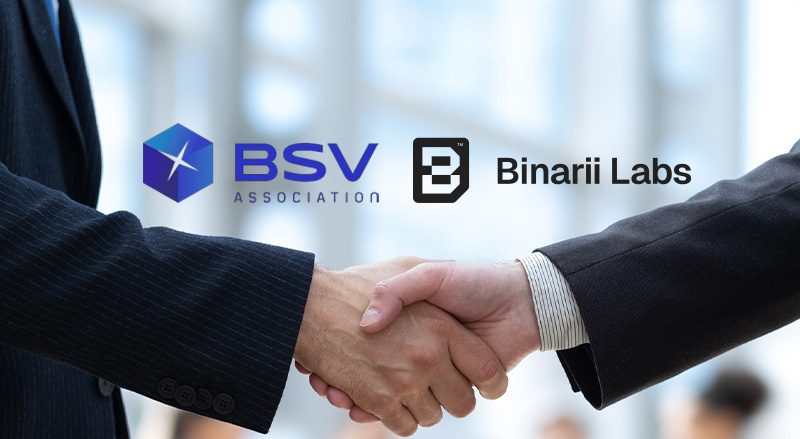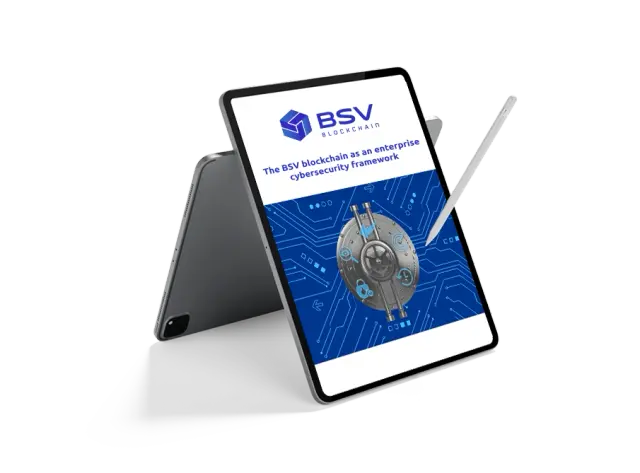Public sector organisations around the globe introduce a whole new set of challenges compared to private sector businesses when considering updating a software solution. The decision-making process is long and complicated, disruption to existing business should be avoided at all costs, and most importantly the costs must be justified to the public the department aims to serve. But if a blockchain solution is proposed, the due diligence process is often long and complex.
Public sector decision-making methodology
Public sector methodology is different to the private sector as all public spend must be justified if a new software platform like the BSV blockchain is to be implemented.
Simply because a product seems to be the perfect fit for a business – any business – does not make the same solution right for the public sector. There needs to be a compelling business case for introducing a new solution such as blockchain technology and it needs to be right for that part of the business.
The business case must be justified, priorities set and trade-offs made to ensure that the initial project has minimal impact on the existing user experience and that performance is not impacted by any changes which will impact the daily operation of the organisation.
Implementing complex solutions in public sector organisations is a massive undertaking often involving the entire department and taking many years. It is not an easy task.
6 elements to consider before making changes to infrastructure
When sponsors and decision maker teams get together to consider a new platform, there are several aspects of a proposed infrastructure change which should be considered before changing an existing database solution to a blockchain platform.
1. Value for money
The best quality and effectiveness of the solution which delivers value for money. Will the introduction of the blockchain maximise social value to society through its technology advantages and activities?
2. Commercially viable
The solution chosen must be able to match all requirements of the customers and deliver on all commercial aspects. It must consider the critical success factors and deliver on each of the shortlisted options chosen.
3. Ready for use
Any solution must comply with accessibility requirements so that the website or app can be used by as many people as possible. It must be non-discriminatory and must not discriminate in any way. Any decision should focus on the solution being data-driven and stable and should match the decision makers requirements for performance, speed, efficiency and cost saving.
4. Delivered successfully
Using an established blockchain which has been proved to scale in terms of transactions and low transaction fees will enable public sector organisation to use existing technologies that are proven to work and have no protocol changes or amendments.
5. Strategic value
The blockchain solution must match the short- and longer-term planning goals of the public sector department and solves customer pain by providing a need for transformational change. The solution must support national and local policies, goals and targets.
6. Managed solution
The blockchain must be able to comply with organisational requirements to monitor, manage and evaluate the platform once delivered. Any design issues should be carefully considered, and a contingency plan put in place to adjust the solution based on initial user testing.
Implementing blockchain one public project at a time
Identifying which areas of the infrastructure are appropriate for a blockchain solution is a complex task in public sector organisations. Public sector projects are often heavily siloed, and a blockchain solution could solve a range of problems across the public sector departments. Often a portfolio view could be taken by a team who could assess the opportunities across a range of functions. This will take a significant amount of time and coordination across teams and a matrix management organisation put in place.
However, implementing a new solution is not without its risks. All projects run the risk of failure if adequate planning is not carried out. Fortunately, the BSV blockchain has experienced several years of uptime, and is not prone to protocol changes or updates to the code at the whim of developers or managers.
Its very stability should make it attractive to departments who wish to implement a long-term solution that will not be modified, deprecated or cancelled due to financial difficulties or service changes. This stability is exactly what a team looking at the big picture will appreciate when considering whether the new solution can meet or exceed the SLA requirements of the project and improve upon the existing solution.
How the BSV blockchain supercharges the public sector
The BSV blockchain, with its unbounded scale, can match both the requirements of the business today but will have sufficient headroom for any proposed or imagined increase in use at some time in the future. Convincing many government departments that the solution will exceed their expectations is a challenge that the implementation team will have to overcome.






